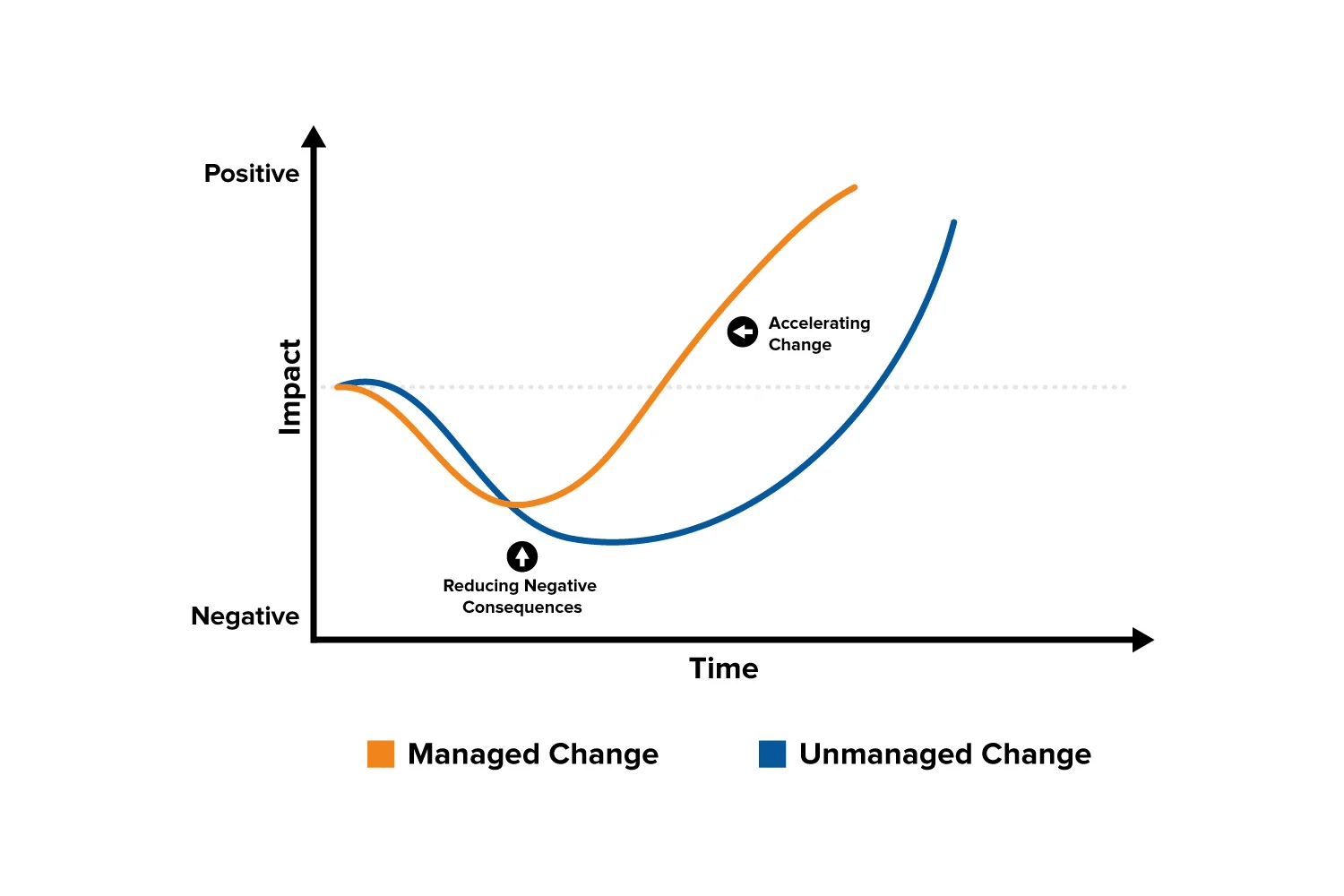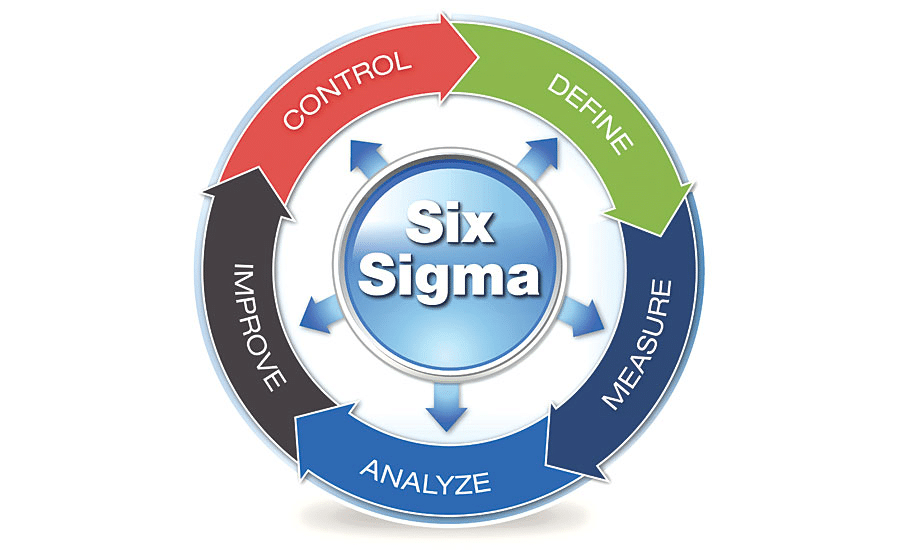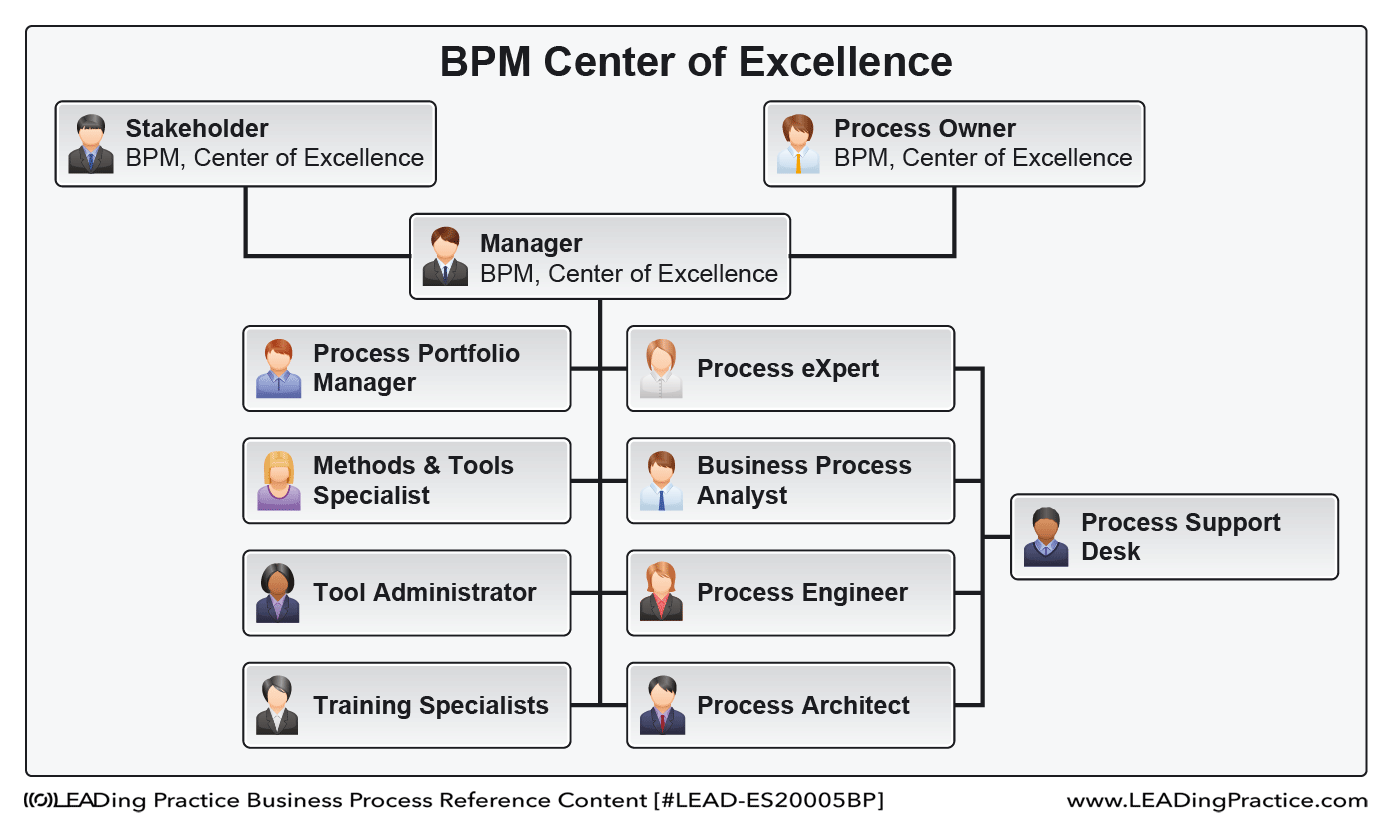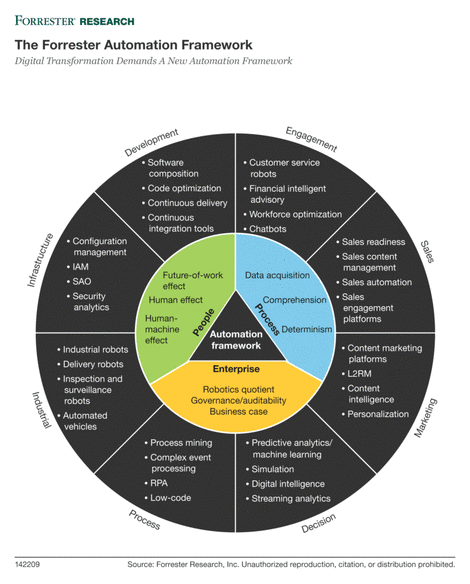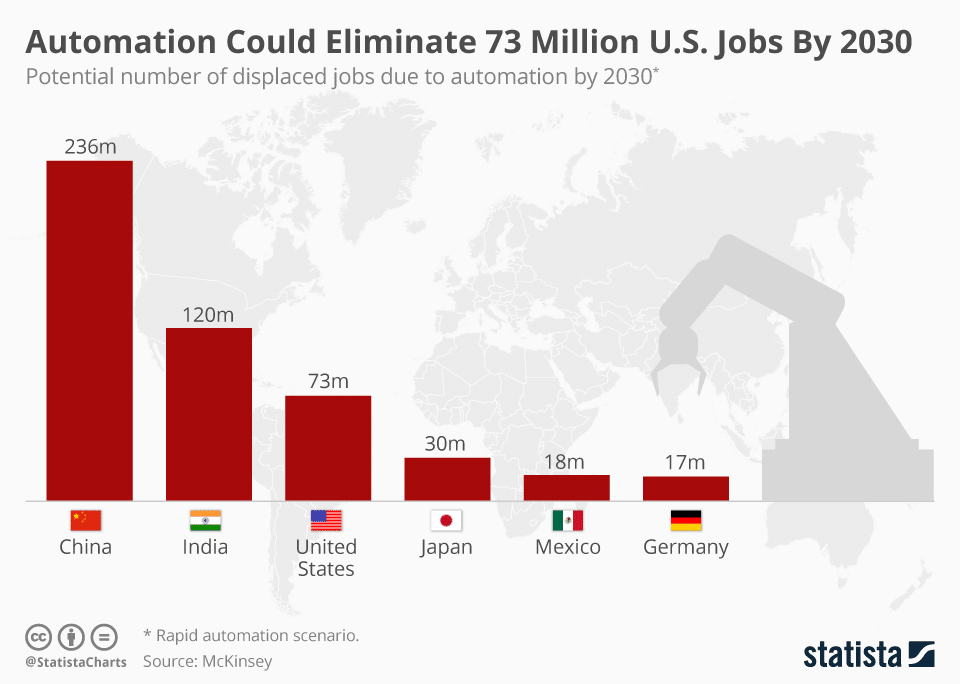Business process management (BPM) and automation are two different, yet coinciding concepts. BPM, as a management concept, streamlines processes using automation. Automation is thus a part of BPM.
Throughout this article, we’ll take a look at these two concepts, and inform you of everything you ever wanted to know about them.
What is business process management (BPM)?
Business process management is a review and improvement of a company’s activities. This includes anything from answering phone calls to taking on new employees. The concept creates formal steps for a process. It also helps to improve the process speed and efficiency.
Saving time is essential for a business to meet expectations and remain profitable, particularly in the post-pandemic landscape.
So, business process management is beneficial for a business.
7 things you need to know about BPM
BPM is made up of the following steps:
- Design – the first instance of planning in BPM. It involves breaking the planned action down into clear and simple tasks.
- Modeling – projecting this design visually, using software.
- Execution – putting the plan into place, by testing it out.
- Monitoring – keeping track of the process and how successful it has been.
- Optimization – implementing possible improvements and making the process more efficient.
These steps ensure that BPM is implemented in a careful and organized manner. Let’s now take a close look at the seven things you need to know about BPM.
a. Avoiding management processes can be very dangerous
Because BPM means a lot of change for a business, and a large price tag is attached, many professionals feel complacent about implementing it. But, letting processes run wild can cause things to become very disorganized, very quickly. It’s natural for the functions of a business to be unruly to start with.
Change can be very difficult to manage. However, it’s achievable if managed properly, as demonstrated by the graph below.
b. There are 3 types of BPM
Integration-centric BPM involves connecting the use of software to specific simple processes in departments.
Human-centric BPM is a more careful approach to automation. It balances human input and machine input almost equally.
Document-centric BPM is a bit different. It involves constantly improving a document for use in a business.
c. The process improvement methodology (PIM) you choose is very important
When it comes to BPM, the many methodologies within its scope differ greatly.
For example, Six Sigma is a methodology that has five steps, as shown in the image below.
More modern methodologies, such as the Entrepreneurial Operating System, featured in “Traction: Get a Grip on Your Business”, are also making a splash in the methodology sphere.
It’s important to work out which process improvement methodology is right for you but remember, this will not be the same with every business.
d. A center of excellence will improve your chances of success
A BPM center of excellence is a team that provides a solid foundation and best practices for business process management in a company.
The below image demonstrates how a center of excellence is made up of many different roles.
Having a specialist team like this in the business is crucial to the success of BPM.
e. BPM suites are important tools that can help
Software is available to improve the ease of conducting BPM, known as BPM suites. These suites allow businesses to carry out the BPM steps (design, modeling, execution, monitoring, optimization) in a predetermined way.
They add an extra cost to the project but they may still be the right choice for companies with limited BPM teams. The software can by no means replace experts. That said, it can aid a skeleton team to conduct their operations more efficiently. Limited teams could also benefit from the use of a process library. In a similar way to a BPM suite, it can improve the organization of BPM.
f. Various tools make up BPM
The tools which make up BPM include SIPOC, RACI, and CTQ.
SIPOC is a framework of process improvement. It stands for Supplier, Input, Process, Output, Customer.
RACI, meanwhile, stands for Responsible, Accountable, Consulted, and Informed. It’s a matrix that assigns each task in a project to different employees. It improves the clarity of processes.
CTQ (Critical to Quality) trees are Six Sigma diagrams that attach the needs of the business to what the business must achieve to meet these needs.
What is automation?
Automation involves running processes with minimal need for employee involvement.
Employees are a company’s biggest expense. Using software to complete certain tasks can help businesses make the most out of their employee time. They can instead complete tasks that will further improve business functions.
7 things you need to know about automation
1. There are many types of automation
It seems that everybody these days is transforming their business with automation. Yet, automation is not one-size-fits-all; there are various routes that a business can take. One of these is known as RPA.
Robotic process automation (RPA) is the performance of repetitive tasks using artificial intelligence (AI). The AI accesses data provided as input and completes similar and planned tasks as required.
There are also many other types and aspects of automation, which are shown in the below framework.
2. It’s worth it in the long run
The high initial cost of automation is balanced out by increased efficiency.
Like all new business improvements, it takes time and money to implement but the potential cost savings are so high, that they outweigh these costs significantly.
It’s a given that this doesn’t apply to every situation. Businesses should assess their return on investment (ROI) in the planning stages to assess the automation plan’s viability.
3. Automation is thought to still be in its early stages
Technology is developing quickly and the use of artificial intelligence is becoming more widespread. Soon, automation for business will improve even further.
It’s impossible to say what’s next for this cutting-edge technology and how exactly it will change but it’s clear that automation is the answer going forward.
It’s likely that after automation is implemented, it may become outdated with competitors moving on to the newest method of automation. It can be difficult to keep up, and this is something to keep in mind when implementing automation. Can the business afford to wait a little bit longer for the next technology advancement? If so, then do exactly that.
4. Reassurance is required for employees who worry about job losses
There is a strongly held belief that robots will steal everyone’s jobs.
This belief is not without foundation. It has been estimated that by 2030, 236 million jobs will be replaced by automation in China alone. The effect on other countries are shown in the graph below.
Employees must be reassured that inside the business, although automation will be implemented to improve businesses, they won’t be let go. It’s important to explain that they will be moved onto more “human” roles that a machine couldn’t do. This could potentially empower them in their job role.
For example, HR responsibilities, such as email onboarding, could be conducted by automation. This will free up HR staff to work directly on projects that can directly benefit employees.
5. Automation should be done slowly
Don’t make the mistake of automating too much, too quickly. Careful planning is required for success. Introducing too much automation all at once will upset the balance and lead to complications.
6. Constant reviews are required
Keeping automation productive and efficient requires consistent reviews. Questions should be asked about how automation is the better choice for specific processes when compared to the cost of labor.
Always remember that the cost is not the only thing that should be reviewed. Time spent and how well the job is performed are also important factors.
One of the best ways to do this is via the implementation of process mining. It extracts information that is already available in your systems. You can then analyze this information as part of a review.
7. Automating things for the fun of it is a bad idea
There is such a thing as too much automation. A business cannot function without a core team of employees.
The automation paradox dictates that when processes become more automated, people are then required even more. When something inevitably goes wrong and a machine fails, companies will require skilled professionals to diagnose and fix the problem, as well as fill the gaps so that the business can continue.
Furthermore, there is the temptation for businesses to follow market-changing trends. Automation is fast becoming the latest craze, like the use of a .io domain and the sale of cryptocurrency. But, these are nothing but temporary fads.
It’s therefore important that businesses analyze their automation opportunities and assess whether or not automation would truly be beneficial.
Conducting these for ecommerce
Implementing BPM and automation within ecommerce is simple.
The two concepts can be integrated even more easily in online businesses as most of the sales processes will be online. Therefore, attaching BPM and automation to these already existing structures will make them even more efficient.
It comes with the added benefit of often having a built-in way of reviewing the success of BPM, via the use of analytics.


